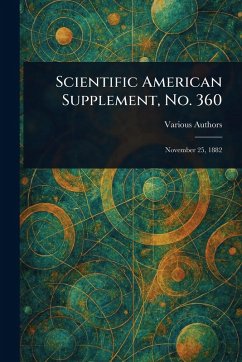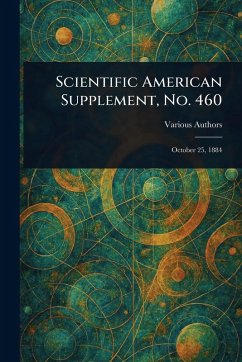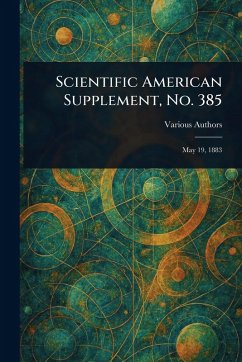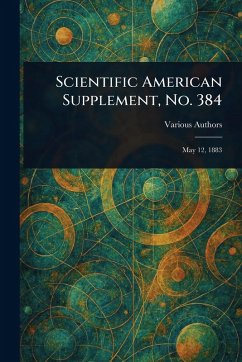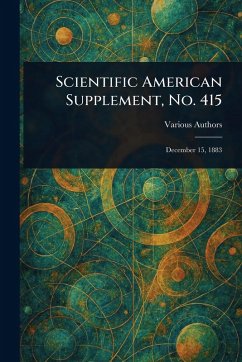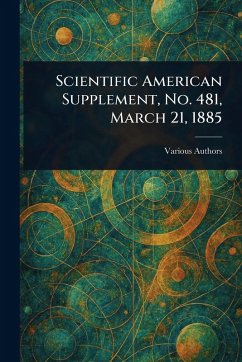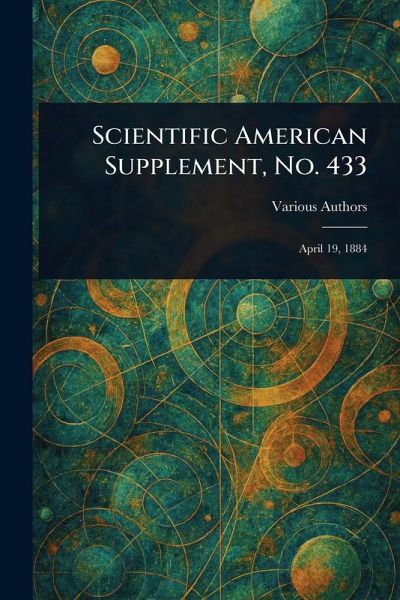
Scientific American Supplement, No. 433

PAYBACK Punkte
9 °P sammeln!
Step back in time with "Scientific American Supplement, No. 433, April 19, 1884," a fascinating snapshot of late 19th-century scientific thought and technological innovation. This meticulously reprinted periodical offers a glimpse into the cutting edge of science and invention as it was understood over a century ago. Explore articles covering a diverse range of scientific topics, mirroring the content of the era's "Scientific American." This volume provides a unique window into the history of science and technology. Delve into contemporary discussions and diagrams pertaining to burgeoning fiel...
Step back in time with "Scientific American Supplement, No. 433, April 19, 1884," a fascinating snapshot of late 19th-century scientific thought and technological innovation. This meticulously reprinted periodical offers a glimpse into the cutting edge of science and invention as it was understood over a century ago. Explore articles covering a diverse range of scientific topics, mirroring the content of the era's "Scientific American." This volume provides a unique window into the history of science and technology. Delve into contemporary discussions and diagrams pertaining to burgeoning fields and groundbreaking inventions. A valuable resource for anyone interested in the evolution of scientific understanding. A perfect addition to the libraries of historians, science enthusiasts, and those intrigued by the technological advancements of yesteryear. This work has been selected by scholars as being culturally important, and is part of the knowledge base of civilization as we know it. This work is in the public domain in the United States of America, and possibly other nations. Within the United States, you may freely copy and distribute this work, as no entity (individual or corporate) has a copyright on the body of the work. Scholars believe, and we concur, that this work is important enough to be preserved, reproduced, and made generally available to the public. We appreciate your support of the preservation process, and thank you for being an important part of keeping this knowledge alive and relevant.






